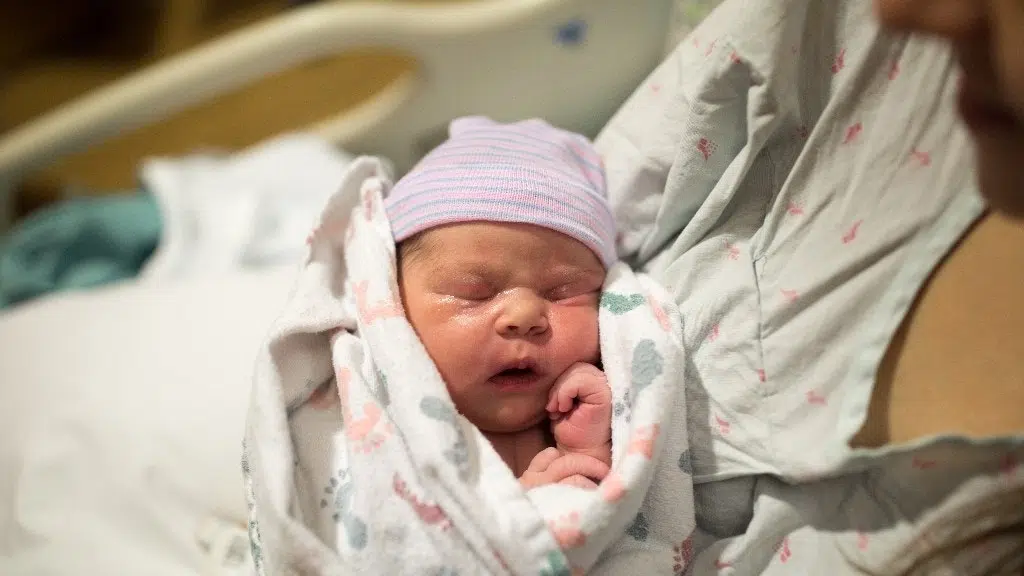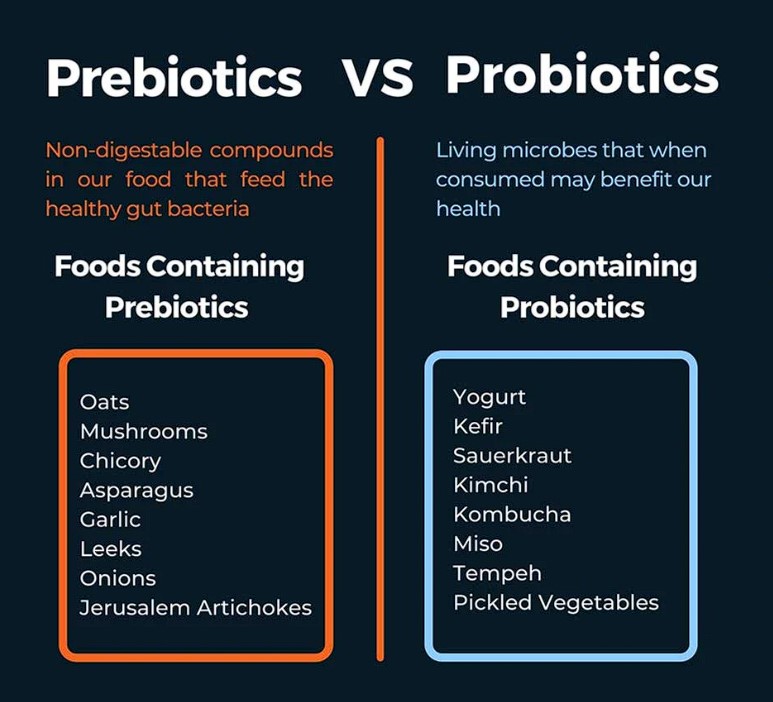Cesarean delivery method or C-section is the delivery method. With its increasing choice, many myths surround it. Read this article to know the truth about some myths regarding the cesarean delivery method.
April is known as a cesarean awareness month. The goal is to spread awareness about the benefits, procedures, and risks of cesarean birth. It has become a new trend in the medical world to shift to caesareans.
The understanding and knowledge of this method can help you make better decisions and reduce the stress of the expecting mother. Every birth process is unique, and thus one should consult a professional to understand the situation better and make the final decision.
Though this method is quite common nowadays, certain misconceptions and myths affect decision-making. Following are a few myths and misconceptions about C-sections.
C-section is performed to make the task easy and quick:
It is a common belief now that people opt for a C-section as an easy way out, either for the mother or the doctor.
The fatal complication occurs during the pregnancy or the delivery. It makes C-section a choice to make the safe delivery.

Following are a few reasons why C-sections might have opted for:
- The position of the baby is not the most suitable for the natural delivery process. It is called malpresentation of the baby.
- Placenta covers the cervix, making the process difficult.
- The baby’s neck may tangle up with the cord making the natural birth process risky.
- There may be a drop in the heart rate of the baby as the labour progress forward.
- The head of the baby is large, making the natural birth process difficult.
No normal delivery after the first C – section:
It is a misconception that once C-section is performed the mother can never have a vaginal birth. Vaginal birth after C-section (VBAC) is possible if the medical condition of the mother is well.
- The period between the last C – section and the current pregnancy should at least be 18 months.
- The current pregnancy should not have any complications.
- The last C –section should be of a low transverse type and have left no uterine scar.
Breastfeeding is affected after C-section:
The milk let-down (milk pumping) level of the mother may slow down for some time after the c-section.
- This letdown can go back to normal as the placenta is detached from the uterine wall. It is because as the placenta is detached the progesterone and estrogen level increases in the body, increasing the production of milk.
- Keep feeding the baby breast milk regularly and let the body’s hormone level adjust and perform its task.
There is less bleeding postpartum in C-sections:
- The postpartum bleeding is from the site where the placenta was detached.
- The wound takes time to heal, irrespective of vaginal or c-section birth.
The spinal anaesthesia caused back pain:
- Postpartum back pain is a common symptom after giving birth.
- The aesthesia is injected by an expert and with precision.











